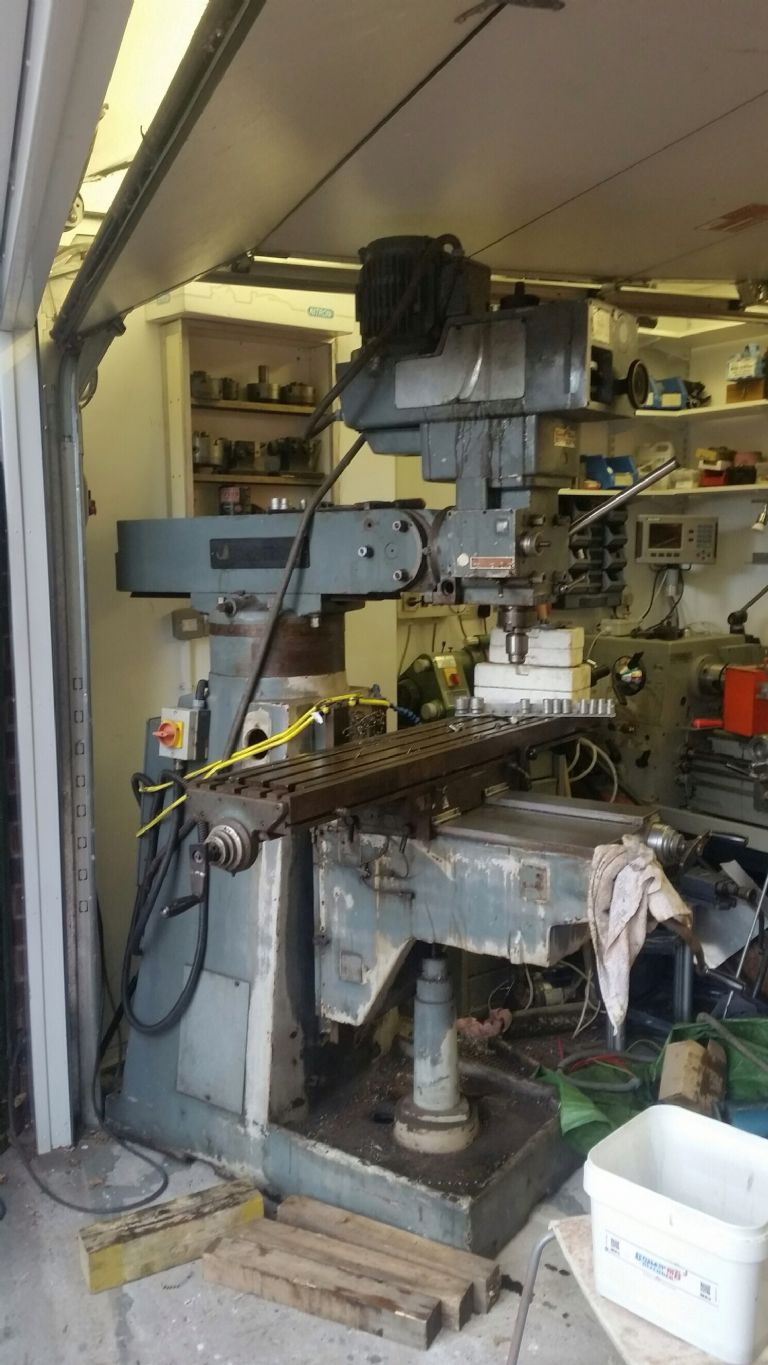I've owned a Chester 20VS, and an Eagle 25, (Warco minor, RF25) which is out of budget I know, but I'm throwing it in the ring. I've also owned a Sieg X1 (with the long table) a Bridgeport J-head and Astra Mill and various other machines I've probably forgot about. I converted the Sieg X1 to a solid, non tilting column which really made it a fantastic machine, apart from the 150w motor, which was just unable to do any real work. I remade the gib strips in brass which made table adjustment much easier. If it had a bigger motor, it would have been capable of similar work to the 20VS without a doubt – and for half the price, thus I would have to throw the SX1LP machine, which is a fairly recent model, in to the ring here as a serious contender to the 20vs, I do worry however that the 250w motor will struggle at low speed as it has no hi/lo gearing – but I appriciate that motor ratings have to be taken with a pinch of salt, as I believe foreign manufacturers can quote peak or startup values that are well above the running rating (I'm no expert) and softer starting motors don't have this, but can run at higher torques – I would like to hear from a someone who has owned an SX1LP.
The Chester 20VS was a beautiful machine, it was accurate, and nimble. The Eagle 25 was equally accurate, had a smaller footprint -its was heavy and strong (2x the weight or more). The 20V, as its now called, gives you good all rounder but it is a little flimsy say you wanted to fly cut a large flat area of mild steel say 2-3 inch wide, it would flex and give a poor finish unless you were quite delicate and had razor sharp tooling, I also had to adjust the tram of the vertical column a couple of times which is a pain, and a sign of its fragility. It does however have that dovetail column, so you can raise the head height and go from a drill + chuck, 200mm+ away from the workpiece to an end mill in the spindle 30mm from the work piece without losing your x,y coordinates – just spin a handle and lower the head (if you've set it up and trammed properly, which isn't easy!)
In contrast the Eagle25 (aka RF25, mine was a Warco Minor I think) would fly cut though a 2-3 inch wide flat bar and hold steady and smooth, giving a good finish even with a fairly heafty cut. however the round column means if you need to raise or lower the head, your going to loose your x/y coordinates – they do have a much longer stroke on the quill which can over come most of this, so a little bit of careful planning and just generally getting used to working with it will get you going – if you use a collet holder rather than collets in the spindle taper, this will reduce the difference between the overall length of your drill and mill operations – a selection of short drill will close the gap even further – probably eliminating the issues altogether.
I would much rather have the Eagle 25 over any other machine that takes up that small of bench footprint and would expect it to take cuts so heavy you'd have to see and use one to believe it – I really enjoyed and preferred using the 20V but it was just too fragile for the general use I give it – I can see it being an excellent and agile machine for modelling and light duties, as I hope the SX1LP would be, but I have no experiance of this one – it just looks to have summarised everything I would have wanted to change on my original X1L machine.
Edited By Russ B on 14/11/2016 10:43:20
Jon.







